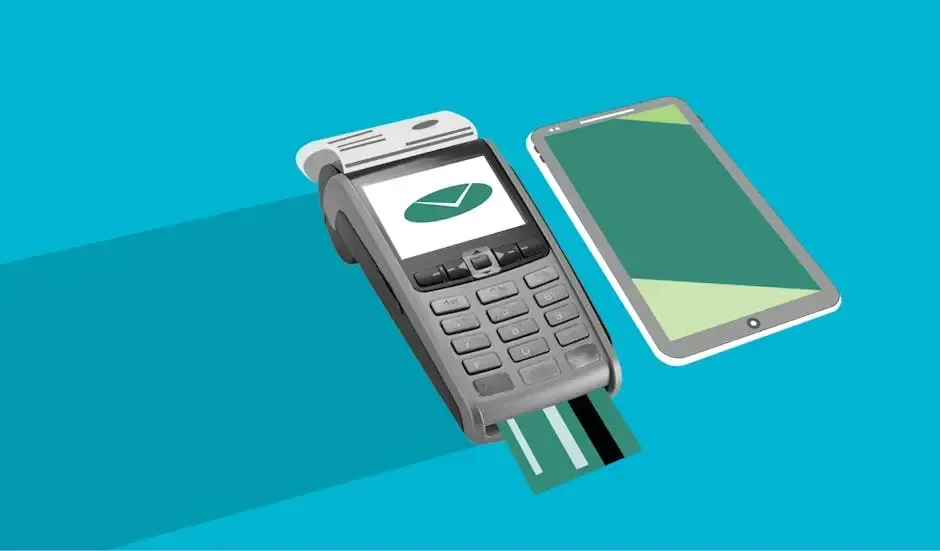
How Can I Troubleshoot Common Issues with Payment Terminals?
How Can I Troubleshoot Common Issues with Payment Terminals?
Resolve common payment terminal issues with our guide 'How Can I Troubleshoot Common Issues with Payment Terminals?'
Check Power Supply
When troubleshooting common issues with payment terminals, always start by checking the power supply. Ensure that the terminal is properly plugged in and that the power source is functioning correctly. A stable power supply is essential for the terminal to operate smoothly and avoid any technical glitches.
In some cases, power fluctuations or a loose power connection can lead to issues with the payment terminal's performance. Make sure the power cable is securely connected to both the terminal and the power outlet. Additionally, consider testing the outlet with another device to verify if it's delivering consistent power.
An overlooked aspect of power supply troubleshooting is checking for any damage to the power cord itself. Frayed wires or exposed connections can pose a safety hazard and cause disruptions in the terminal's functionality. If you notice any signs of damage, replace the power cord immediately to prevent further complications.
Inspect Connection Cables
Another vital step in troubleshooting payment terminal issues is inspecting the connection cables. Ensure that all cables, including the Ethernet or phone line cable, are securely plugged in and free from any visible damage. A loose or damaged cable can result in communication errors and hinder transaction processing.
When examining the connection cables, pay attention to any signs of wear and tear such as fraying or bending. These physical defects can weaken the connection quality and lead to intermittent connectivity issues. Replacing damaged cables with new, undamaged ones can often resolve connectivity problems and restore the terminal's functionality.
Additionally, it's essential to verify that the cables are connected to the correct ports on both the payment terminal and the corresponding devices. Misaligned connections can disrupt data flow and prevent the terminal from communicating effectively with external systems. Double-checking the cable connections can eliminate potential connectivity issues.
If you're using wireless connectivity, ensure that the terminal is within range of the wireless network and that there are no obstacles interfering with the signal. Weak signal strength or signal interference can impede the terminal's ability to transmit data securely, leading to transaction failures or delays. Repositioning the terminal or adjusting wireless settings may improve connectivity in such cases.
Restart or Reset Terminal
In many instances, restarting or resetting the payment terminal can effectively troubleshoot common issues. A simple reboot can clear temporary software glitches or memory errors that may be causing operational problems. Before proceeding with a restart, ensure all pending transactions are processed or saved to prevent data loss.
To restart the terminal, follow the manufacturer's guidelines or instructions provided with the device. Typically, this involves powering off the terminal, waiting for a few seconds, and then turning it back on. If a restart doesn't resolve the issue, consider performing a reset according to the terminal's user manual. Keep in mind that a reset may erase configuration settings, so it's advisable to back up important data beforehand.
When initiating a reset, exercise caution as it may restore the terminal to factory defaults, removing any customized settings or saved information. Only proceed with a reset if other troubleshooting steps have been unsuccessful in resolving the issue. After the reset, reconfigure the terminal settings as needed and test its functionality to ensure the problem is fully resolved.
Contact Technical Support
If all troubleshooting attempts fail to resolve the payment terminal issues, don't hesitate to contact technical support for further assistance. Technical support specialists are trained to diagnose and address complex problems that may require advanced troubleshooting techniques. Provide detailed information about the issue encountered and any steps you've already taken to troubleshoot the problem.
When reaching out to technical support, be prepared to provide the terminal's model number, serial number, and any relevant error codes displayed on the screen. This information can help expedite the troubleshooting process and enable the support team to offer tailored solutions. Collaborate closely with the technical support representative and follow their instructions carefully to troubleshoot the issue effectively.
Technical support can also guide you through remote troubleshooting procedures or arrange for onsite assistance if the issue requires hands-on intervention. Don't hesitate to seek professional help when dealing with persistent or complex payment terminal issues to ensure swift resolution and minimize disruptions to your payment processing operations.
